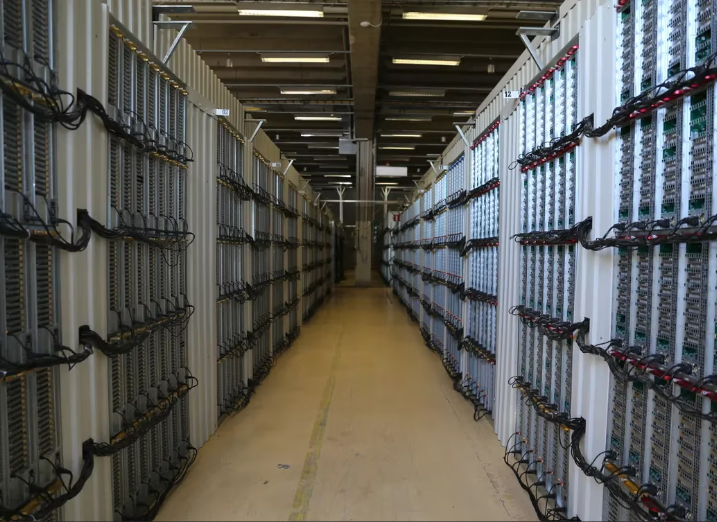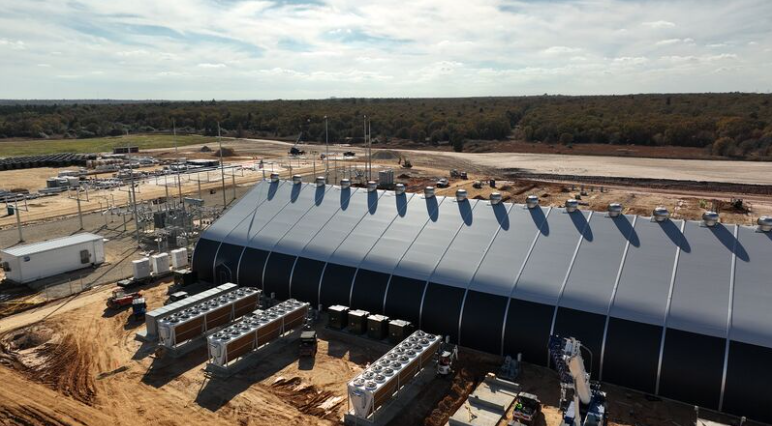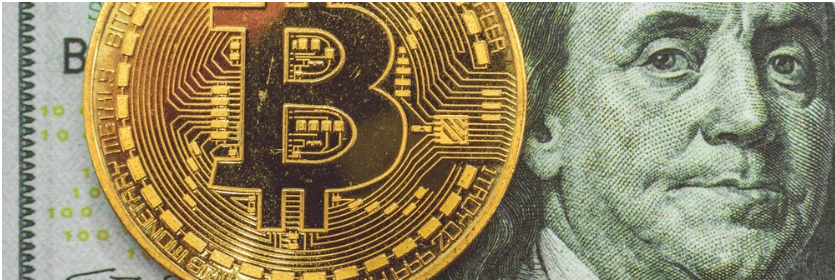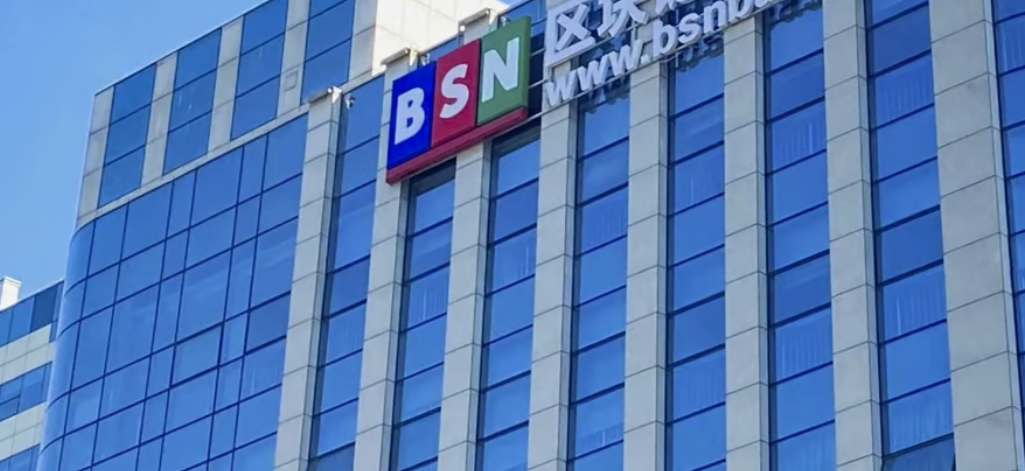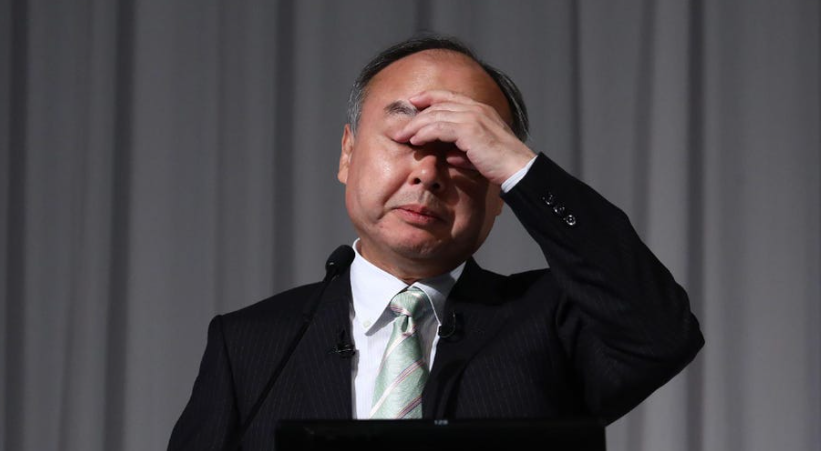(May 25) A proposal from the founder of the troubled Terra ecosystem to save the project was approved, avoiding the total collapse of one of the most watched experiments in decentralized finance.
Under Do Kwon’s recently approved structure, the original blockchain will be known as Terra Classic, while its native Luna token, which dropped to near zero this month, will be renamed Luna Classic with the symbol LUNC. The new Terra blockchain will start running a coin under the existing Luna name and ticker, and will not include the TerraUSD stablecoin.
The collapse of Terra, which began earlier this month with the implosion of the algorithmic stablecoin that Kwon had relentlessly promoted, marked one of the biggest failures in the history of the crypto industry. While the result of Wednesday’s vote represents something of a victory for Kwon and his supporters, questions linger as to whether Terra will finally be able to revive.
The process means that Terraform Labs is effectively abandoning the TerraUSD stablecoin, or UST, which from now on will only be traded on the Terra Classic blockchain. Designed to maintain a 1-to-1 peg to the dollar, it traded around 10 cents on Wednesday.
Kwon, the crypto entrepreneur behind Terra, had proposed splitting the blockchain in half, carrying out what is known in the industry as a “hard fork” of the network. His suggestion was later modified by Terraform Labs, the main operator of the project, to forge an entirely new Terra blockchain and let users manage the old network.
Kwon said that the new Luna tokens would be distributed to previous Luna and UST holders in a so-called “airdrop,” based on a snapshot taken from the old Terra network to verify the participants. All decentralized apps and assets created on the old Terra chain will need to migrate to the new one, Terraform Labs said, and Luna and UST holders were advised to transfer their tokens to native Terra wallets instead of holding them on exchanges.
Doomed Mechanism
UST used a combination of algorithms and trading incentives to adjust its supply relative to its sister token Luna and maintain its dollar peg. In theory, those mechanisms were supposed to ensure that UST would never stray for long from their bond.
When UST began to lose its parity in the days after May 7, TerraForm Labs was forced to drastically increase the supply of Luna coins to restore the link. That, in turn, caused Luna’s price to crash, ultimately dooming the effort and wiping out some $40 billion of total market value.
Luna rose 12% after the proposal was approved. The token has lost almost all of its value since the UST crash.
Kwon’s proposal was met with criticism from many validators and investors, who sought restitution from project leaders after seeing the value of their holdings disintegrate. A final tally of the votes on the proposal on Wednesday showed 65% in favor and 21% abstaining. Some 13% of the votes were “no veto”, below the 33.4% needed to sink the proposal.
Terra also faced questions about how it used a $3.2bn reserve it had amassed in Bitcoin and other crypto assets to back UST, while major investors including Delphi Digital and Galaxy Digital said they were wrong to blindly support the ecosystem. .
Competing Proposal
A competing proposal from the Terra community, voted before Kwon’s, suggested implementing a so-called burn mechanism to effectively eradicate the surplus in the UST supply and ease the pressure on Luna. The proposal was approved but could not be executed due to a numerical error, and was later superseded by a follow-up proposal for Terra Classic that is still being voted on.
In the Telegram channels of entities such as Orion.Money, a Terra validator that holds 9.67% of the voting power, some people asked the most influential to vote against Kwon’s proposal. In the end, Orion abstained from voting, while Stake Systems, the second largest validator, voted against the idea with veto rights.
Some validators opposed Kwon’s proposal early in the seven-day voting process. Allnodes, which garnered 1.51% of the vote, said its research on Terra’s social media showed that the majority of the community preferred the recording mechanism idea to building a second blockchain.
“We did not like the fact that the entire governance process of this proposal looks like a model of dictatorship,” Allnodes CEO Konstantin Boyko-Romanovsky said in an email. “It seems that the launch of the new chain is decided even before the end of the vote. The way this vote is handled goes against what cryptography stands for.”


